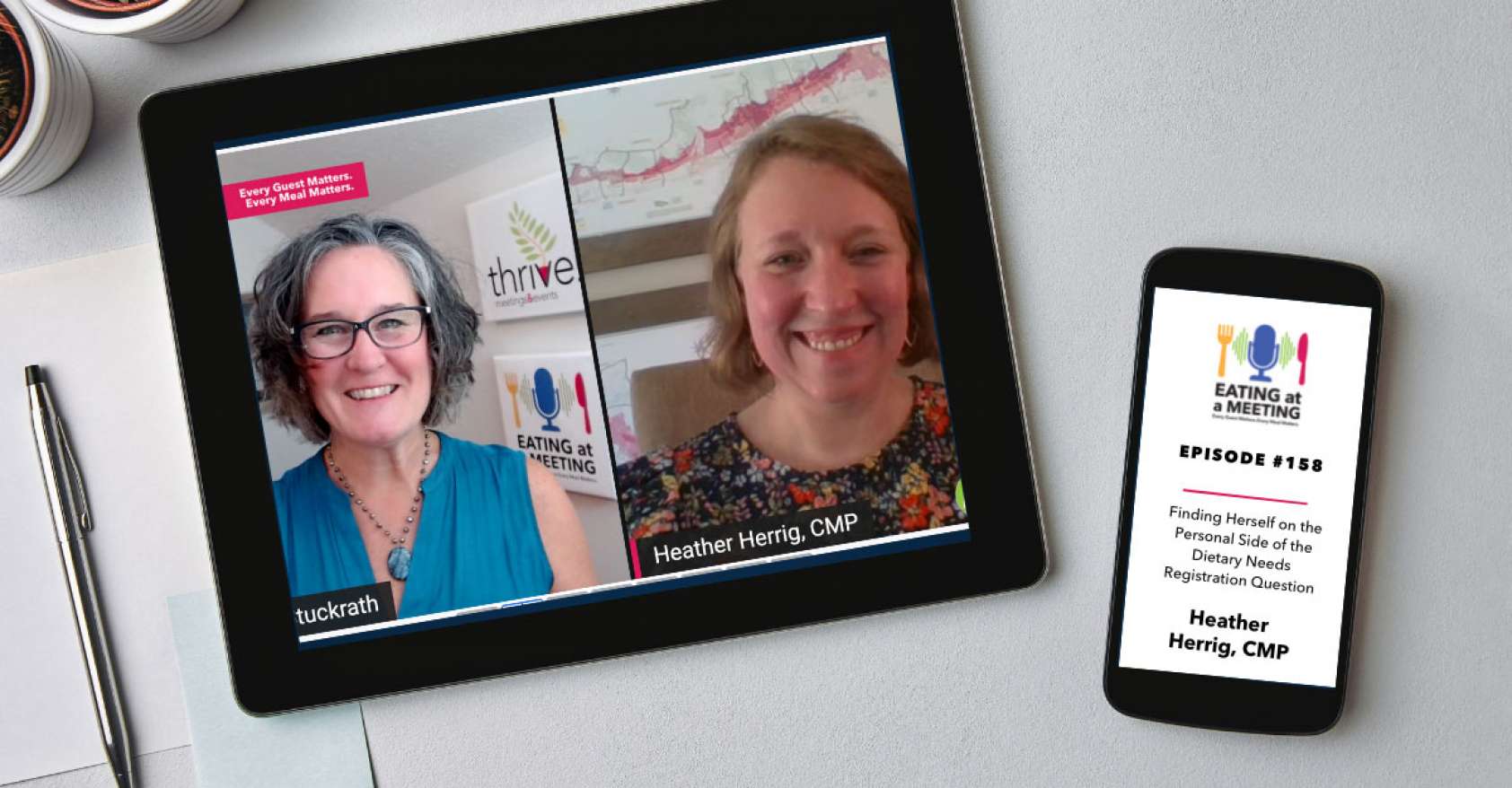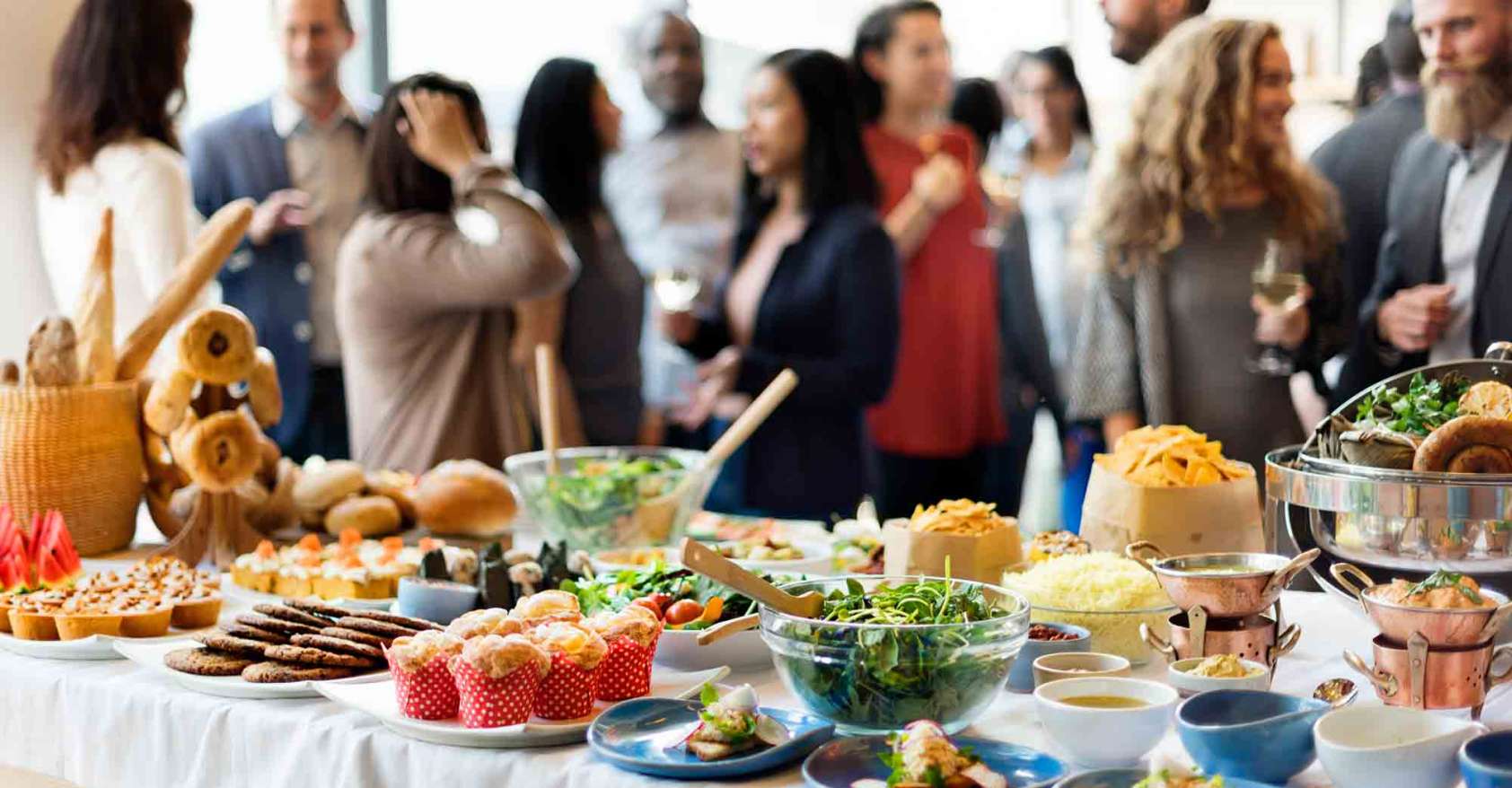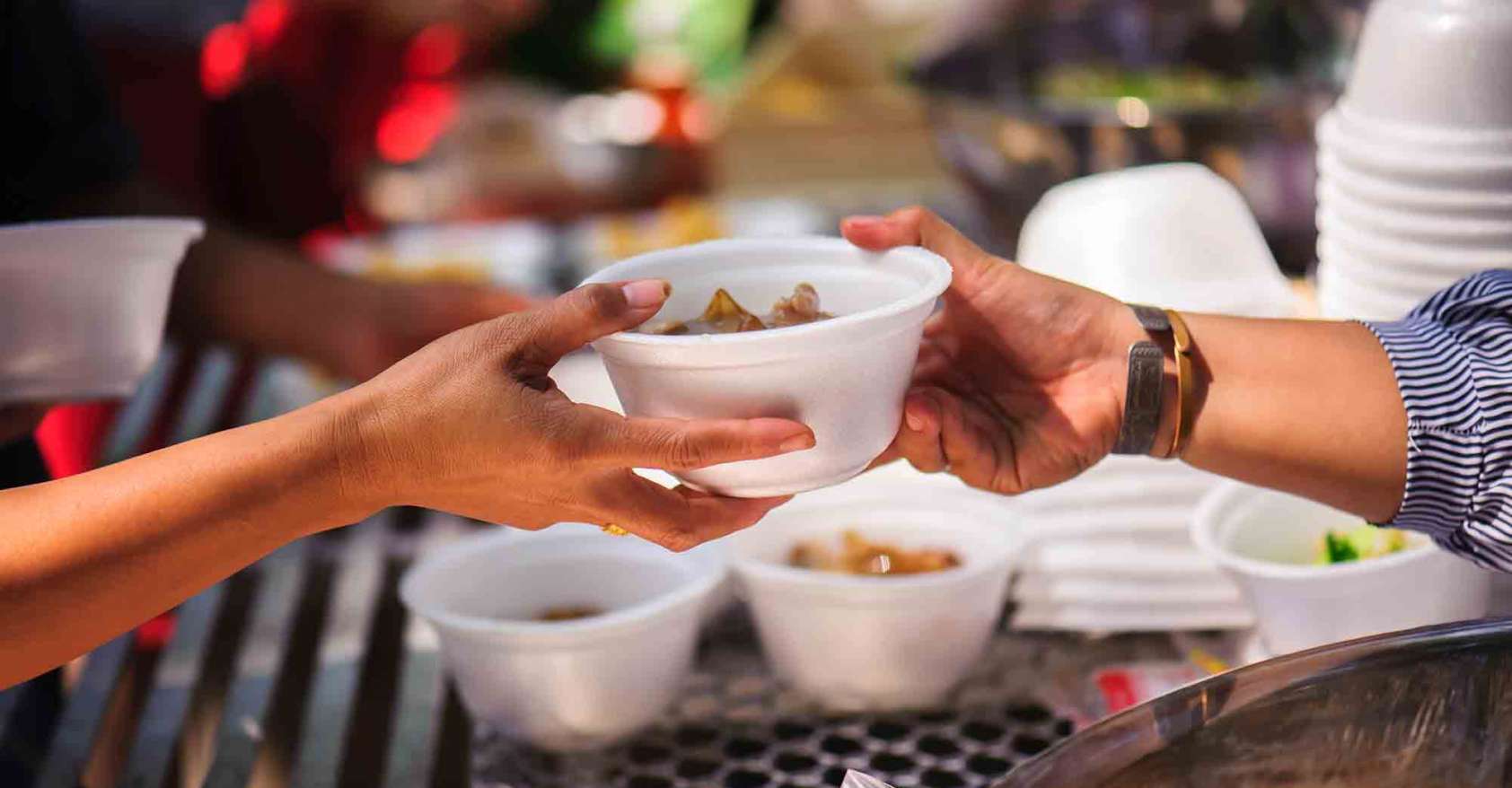In Episode #153 of Eating at a Meeting Larry and Adam Mogelonsky of Hotel Mogel chat with Tracy about big trends for F&B in the hotel industry — operations, consumer demands & experience.


In Episode #153 of Eating at a Meeting Larry and Adam Mogelonsky of Hotel Mogel chat with Tracy about big trends for F&B in the hotel industry — operations, consumer demands & experience.

Michele Payn wants us to better understand the connection between food and the farm. One way she does that is by bringing clarity and common sense to help us all navigate the grocery store. As one of North America’s leading advocates, she is passionate about getting back to the truth in food – raised the right way, by the right people, for the right reasons.

Amelia Ekus is nourishing inspiration in the corporate cafés she manages by creating a honest, sustainable and inclusive food and beverage experiences while also doing everything in her power to give her team members the skills they need to grow in their careers, not just to succeed in their current positions.

Attorney Mary Vargas is making history in the food and beverage industry by giving a voice to people who aren’t being heard, such as a college student who could never afford a $685-an-hour attorney to speak for them. She advocates for people living with food allergies, celiac disease, and non-celiac gluten sensitivities.

Alcohol and events can be a great mix, but the combination can also carry increased risks. Here are some tips on how to make your events that serve alcohol safer and more inclusive.

On Human Rights Day, let’s not forget that life, liberty, and the pursuit of happiness rest on even more basic human rights — including access to healthy, nourishing food.

World Food Day is Dedicated to Promoting Healthy Diets and Efforts to End Hunger Worldwide Meeting and event professionals generally think in terms pleasing discerning palates when planning event food and beverage needs, not ending hunger. Sure, attendees may get a tad peckish if the general session runs into the coffee break time, but serious, stomach-growling hunger tends to be a pretty rare thing. In fact, it’s much more likely you’ll have heaping platters of food going uneaten at the end of the buffet than it is to hear anyone complain that there wasn’t enough to go around. If only…

How to Make it Easier for Those with Dietary Needs to Eat Safely & Feel Included As we (i.e., me and my U.S.-based readers) celebrated 242 years our country’s independence this week, I got to thinking about the words independence and freedom, how they relate to food and beverage, and what I do to promote safe and inclusive food environments. By Merriam-Webster’s definition, independence, in the simplest of terms, is “the quality or state of not being under the control of, reliant on, or connected with someone or something else.” And the definition of freedom is “the absence of necessity, coercion, or constraint in choice…

We know what disabilities are, and I discussed invisible disabilities in, “Thrive! With Invisible Disabilities, Part One.” In part two, I want to chat about some of the behaviors and concepts that will help illustrate dietary restrictions and invisible disabilities. As a reminder, invisible disabilities are also called hidden disabilities because they are restrictions that aren’t clearly visible or apparent. Food allergies and intolerances are included when we talk about invisible disabilities because, just like asthma, arthritis, and other conditions, diseases, and dysfunctions, we can’t see the challenges those with invisible disabilities may be experiencing. The Americans with Disabilities Act…

In recent years, the dramatic rise in corporate health and wellness programs shows that companies understand (or are beginning to) the benefits of a healthy workforce. According to the Society for Human Resource Management, more than two-thirds of U.S. employers currently offer a wellness program as part of their benefits packages. The main focuses have been on exercise and eating healthier, but unless these programs address everything employees are eating, they are doomed to fail. Take, for example, the case study presented by Alison Acerra, MS, RD, national nutrition and wellness manager for Guckenheimer, a national workplace foodservice provider during…